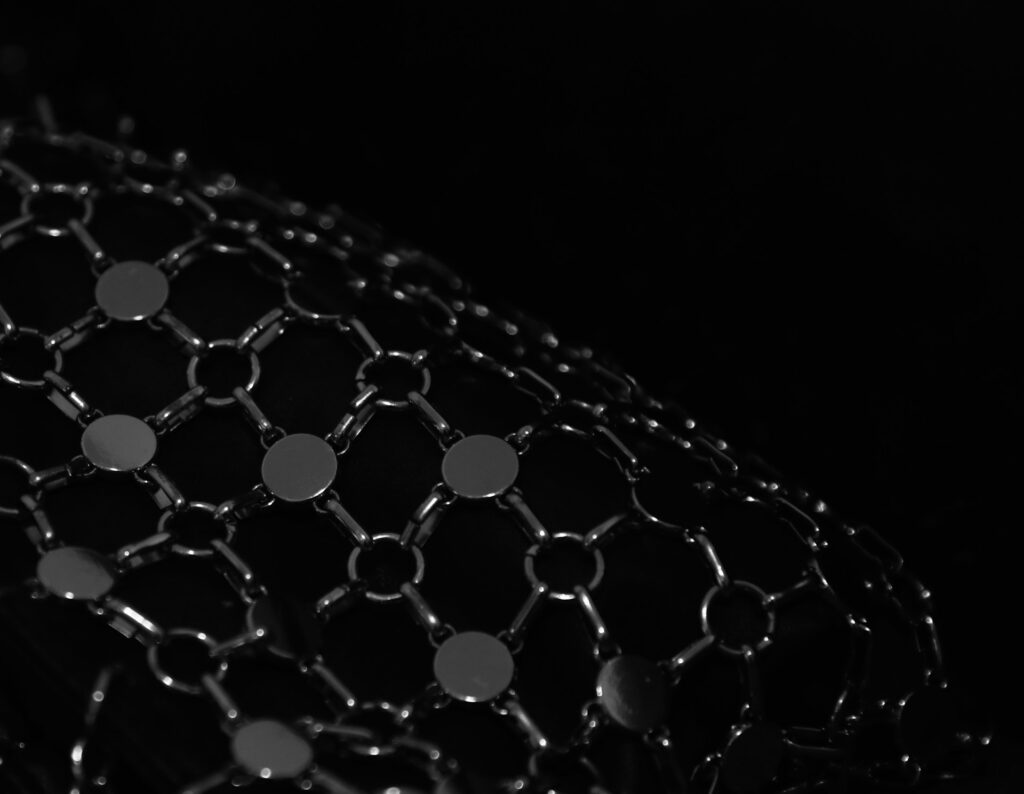The long-standing challenge of isolating stable open-chain amines with nitrogen-centred chirality has now been addressed by researchers at the Max Planck Institute für Kohlenforschung. Led by Professor Benjamin List, the team reports the first controlled synthesis of acyclic amines whose chirality is carried on the nitrogen atom rather than carbon. The work offers a new entry point into a class of compounds considered difficult to access due to the inherent flexibility of nitrogen, which tends to revert between mirror-image forms.
Zhu, C., Das, S., Sterling, M. S., Tsuji, N., Léger, S. J., Neese, F., De, C. K., & List, B. (2025). The Asymmetric Synthesis of an Acyclic N-Stereogenic Amine. Nature. https://doi.org/10.1038/s41586-025-09905-z
The problem has persisted for decades. While carbon-based stereocenters are routinely controlled in pharmaceuticals and catalysts, nitrogen behaves differently. In most open-chain amines, the nitrogen atom undergoes rapid inversion, a movement often compared to an umbrella turning inside-out, meaning that any chiral information is quickly lost. Previous attempts to stabilize nitrogen chirality worked only in situations where the nitrogen was locked into rigid ring systems. A general approach for acyclic, freely rotating structures had remained unavailable.
Professor Benjamin List from Max Planck Institute für Kohlenforschung stated,
“For a long time, it was believed that nitrogen-stereogenic amines with open chains could not be made. We show that it is possible after all; if you ‘immobilize’ the nitrogen and force the reaction into a narrow, tailor-made pocket.”
The new study, combines insights from stereochemistry, catalysis, and molecular design. According to researchers, the key lies in slowing the inversion process by introducing two oxygen-containing substituents on the nitrogen. This structural choice makes the nitrogen fold over much more slowly than usual. Once this stabilization strategy was established, the team applied a new reaction pathway involving the addition of an enol silane to a nitronium intermediate inside a highly confined catalytic environment. The catalyst, a chiral Brønsted acid designed in the List laboratory, creates a narrow reaction pocket that restricts the molecule’s movement and steers the formation of one specific enantiomer.
Several members of the group emphasised that the breakthrough did not come from a single step but from the combination of confinement, substituent choice, and timing. Dr. Chandra De, one of the researchers involved, notes that chemists had long assumed open-chain nitrogen stereocentres were unreachable. By constraining the nitrogen inside a catalyst pocket that behaves almost like an enzyme cavity, the team could prevent unwanted inversion during the key bond-forming step.
Independent commentary from stereochemistry researchers at other European institutions has echoed the significance of the result, noting that nitrogen-based chirality is already relevant in natural product synthesis but has lacked generalizable methods. The new approach provides a template for related pyramidal atoms that also invert rapidly, suggesting that the principle could extend beyond nitrogen alone.
The implications are primarily fundamental, but they reach into applied fields. Many bioactive molecules contain amino groups, and selective control over nitrogen chirality could influence drug behaviour, stability, and activity. Catalysis researchers have also pointed out that N-stereogenic scaffolds might serve as chiral ligands or organocatalysts, adding new options to asymmetric synthesis. Materials scientists have highlighted potential uses in designing molecular architectures with directionality or rotational control.
Although the immediate impact will remain within synthetic chemistry, the methodology is likely to encourage exploration of new nitrogen-containing structures. The result also underscores how confinement-based catalysis, an approach that mimics biological reaction spaces, is becoming a central tool in modern organic synthesis.
This work, carried out in Mülheim an der Ruhr, represents a technical advance in a field that has often dealt with rigid or cyclic systems. Demonstrating that acyclic, freely rotating nitrogen centres can be controlled opens a route that many chemists assumed was closed, and it is expected to influence research ranging from medicinal chemistry to catalyst development in the coming years.

Adrian graduated with a Masters Degree (1st Class Honours) in Chemical Engineering from Chester University along with Harris. His master’s research aimed to develop a standardadised clean water oxygenation transfer procedure to test bubble diffusers that are currently used in the wastewater industry commercial market. He has also undergone placments in both US and China primarely focused within the R&D department and is an associate member of the Institute of Chemical Engineers (IChemE).



